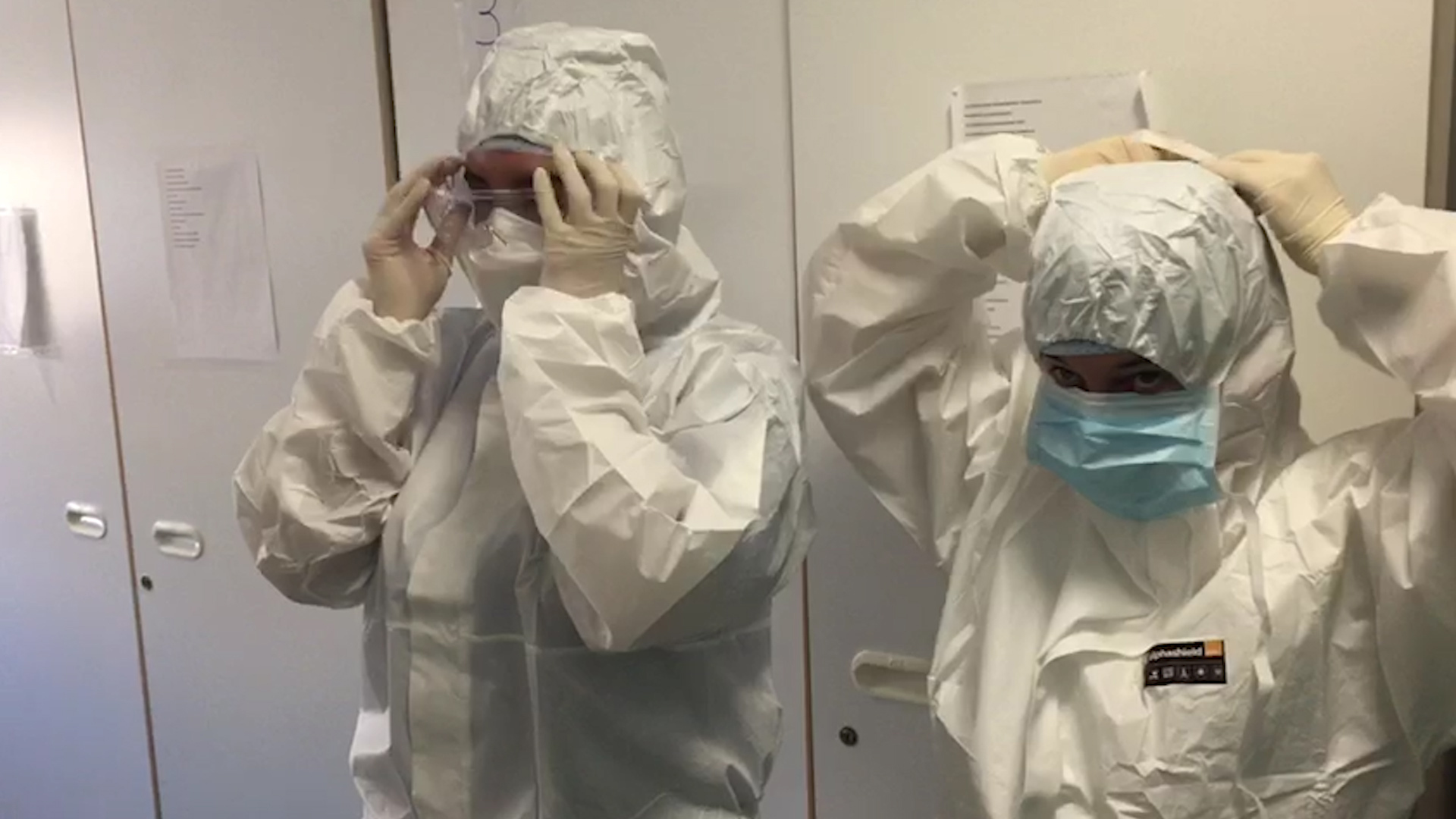Enrico Clini has been running hospitals for almost 20 years. As the head of the pulmonary department in the Policlinico hospital in the Italian city of Modena, thinking ahead is what he does best. But as Italy and other European countries take the first cautious steps out of lockdown, Clini and other Italian doctors are now thinking of how to prepare for the second phase of the coronavirus outbreak: living with the virus. “No ones knows what the next year will look like,” says Clini. “I’m thinking in terms of weeks, not years.”
As in other overwhelmed towns and cities across the northern Italian region of Emilia Romagna, Modena officials have spent the last few weeks focused on logistics. At the peak of the crisis, Clini walked the 2 miles from his home to the hospital each day through the empty cobblestones streets of Modena, constantly running numbers through his head: the number of ICU beds, how much personal protective equipment is available, how many nurses are out sick.
This week, he woke to a new, more optimistic number: in the last 15 days, his hospital has seen a 30% decrease in COVID-19 patients. For the first time since the beginning of the outbreak, the region of Emilia Romagna has seen more people recover than getting tested positive, according to the Italian newspaper la Repubblica.
But as a limited number of shops and businesses have been allowed to reopen in some regions of Italy, including bookstores and children’s stores, doctors and nurses are already preparing for a second wave of cases.

“I’m terrified of the country reopening,” says Roberto Tonelli, a pulmonologist who has spent the last 6 weeks away from his 2-year-old daughter. “I understand the economy needs to restart, but I already see parks and streets full of people, and I can’t help but worry.”
As European countries are slowly thinking of how to reopen, hospitals are thinking of how to adapt. “In recent weeks, all our usual patients disappeared overnight,” Tonelli says. “Now we have to start thinking of how to handle non-COVID and COVID patients alike.”
Since the end of February, the Modena Policlinico hospitals has seen 1,240 COVID patients, an extraordinary number for a pulmonology ward usually staffed by 25 doctors and 13 nurses. It shifted its entire focus on responding to the coronavirus outbreak. “We’ll have to return to how things were, the problem is that we don’t know if we’re at the right time to go back,” Clini says.
Valentino Capone, a 27-year-old nurse who has been working 12-16 hour shifts to respond to the emergency, is worried of what that will mean for the hospital staff. “When the number of casualties won’t make the front pages of newspapers, the working situation in hospitals will be the same. Masks, washing hands, protective equipment is our new normal.”
Please send tips, leads, and stories from the front lines to virus@time.com
More Must-Reads from TIME
- Cybersecurity Experts Are Sounding the Alarm on DOGE
- Meet the 2025 Women of the Year
- The Harsh Truth About Disability Inclusion
- Why Do More Young Adults Have Cancer?
- Colman Domingo Leads With Radical Love
- How to Get Better at Doing Things Alone
- Michelle Zauner Stares Down the Darkness
Write to Francesca Trianni at francesca.trianni@time.com